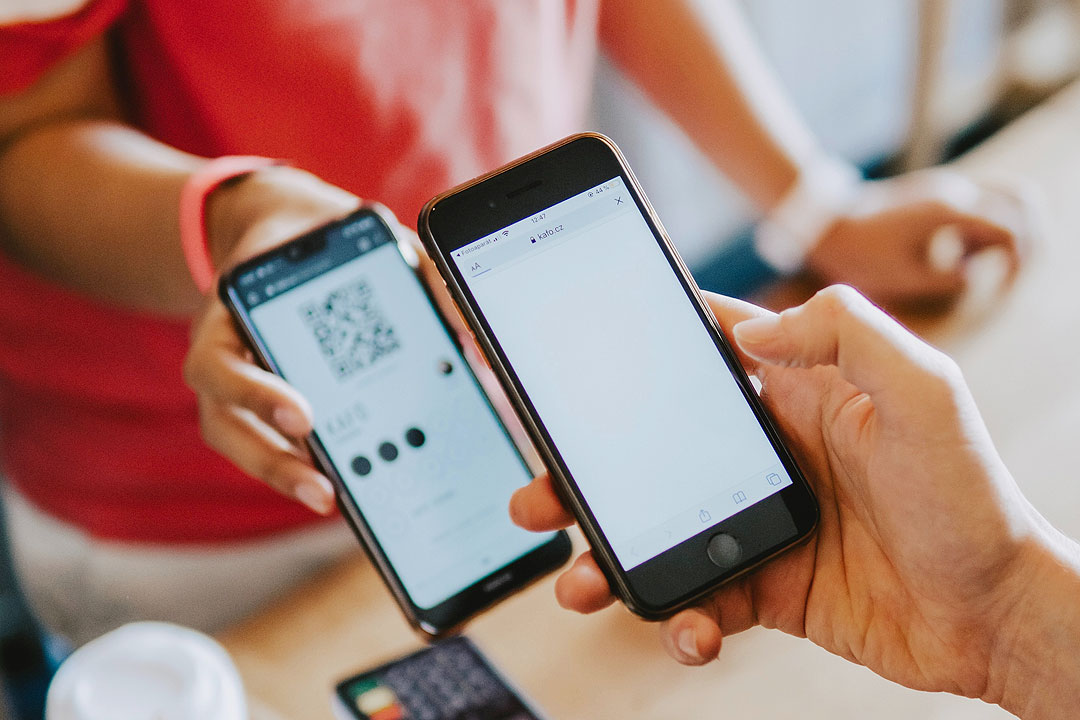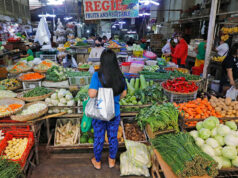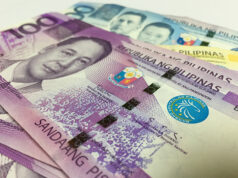Person-to-merchant payments launched

THE CENTRAL BANK has launched person-to-merchant (P2M) payments under the QR PH, which is expected to help in making the country a cash-lite economy.
Merchant payments made up 70% of monthly retail transactions in the Philippines. This shows that the P2M can boost the use of digital payments in the country, Bangko Sentral ng Pilipinas (BSP) Governor Benjamin E. Diokno said.
“P2M has consistently been among the key drivers for growing digital payments usage in the country. We are prioritizing merchant payments given its huge potential to further advance digital payments adoption in the country,” Mr. Diokno said at the virtual launch of the QR PH P2M use case on Tuesday.
This will also benefit micro-, small-, and medium-sized enterprises, which make up over 98% of the country’s businesses, Mr. Diokno said.
“We will not only drive digital payments usage, but we will also empower micro and small businesses to realize greater opportunities for growth which, in turn, could positively impact our country’s overall economic growth,” he said.
Clients of AllBank, Inc. Asia United Bank Corp. (AUB), Cebuana Lhuillier Rural Bank, China Banking Corp. Land Bank of the Philippines, Rizal Commercial Banking Corp. (RCBC), StarPay Corp., UnionBank of the Philippines, Inc. and USSC Money Services, Inc. will be able to use the P2M feature of the QR PH.
They can make payments to participating merchants that have accounts with AllBank, AUB, BDO Unibank, Inc., Cebuana Lhuillier Rural Bank, Metropolitan Bank & Trust Co., PayMaya Philippines, RCBC, StarPay, UnionBank, and USSC Money Services, Inc.
“Indeed, the use of QR codes for payments has been gaining traction as an alternative to the traditional debit and credit card payments, given the ease, convenience and speed of merely scanning the code compared to having to bring a card, tapping, dipping or swiping it, and signing a charge slip in many cases,” Mr. Diokno said.
For merchants, the P2M payment mode can help smaller players as it requires less expensive infrastructure to facilitate digital transactions, with businesses only needing a smartphone and internet to receive payments.
Mr. Diokno said the QR P2M payments will allow merchants, such as department stores, pharmacies, supermarkets, hardware stores, and restaurants, to accept e-payments with ease.
Person-to-person payments under the QR PH was launched in November 2019 and participants have grown to 23 as of August from the six participants at its launch.
Last year, 20% of the volume of monthly transactions were done online, up from 14% in 2019. By value, these payments made up 26.8% of the total from 24%.
The central bank wants 50% of the volume and value of payments done online by 2023. — L.W.T. Noble



